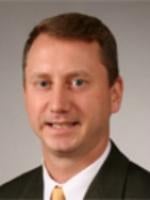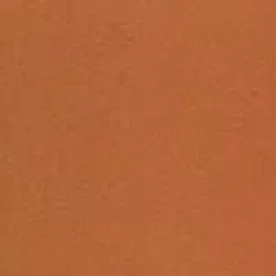The Court of Appeals for the Federal Circuit has held that a long-standing patent claim format widely used for claiming software, called a "Beauregard" claim, is now unpatentable under 35 U.S.C. § 101 of the Patent Act if the underlying method steps otherwise could be carried out by the human mind. Cybersource Corp. v. Retail Decisions, Inc., Slip Op. No. 2009-1358 (Fed. Cir., August 16, 2011). Prior to this decision, software methods in the Beauregard claim format were reliably considered patentable under Section 101 because they claim the article in which the software method steps are stored (i.e., a "computer-readable medium") not just the pure method steps recently scrutinized by both the Federal Circuit and the Supreme Court in the Bilski case. By calling into question this long-standing claim format, the Federal Circuit's decision may have also weakened a very large number of existing software patents.
The essential question posed to the court was whether such a claim is eligible as patentable subject matter under Section 101. Section 101 only allows a patent to be awarded to the inventor on "any new and useful process, machine, manufacture, or composition of matter, or any new and useful improvement thereof." As interpreted by the courts, Section 101 bars the patenting of "laws of nature, physical phenomena, and abstract ideas."
Cybersource's patent was generally directed to credit card fraud protection. When validating online credit card purchases, the claimed method uses IP address information as a check against fraud. If someone attempts to make a conspicuous purchase through an IP address that had previously been used for a fraudulent transaction, the patented method would then identify that transaction as potentially fraudulent.
Cybersource asserted two claims against the defendant, one of which was in a pure method format and the other of which was in a Beauregard format. The Beauregard claim recited not only a "computer-readable medium," but also claimed the program instructions as being carried out by "one or more processors of a computer system." More specifically, this claim recited "a computer readable medium containing program instructions for detecting fraud in a credit card transaction between a consumer and a merchant over the Internet, wherein execution of the program instructions by one or more processors of a computer system causes the one or more processors to carry out the steps of [the method of the invention] . . ." The court found that this claim was not patent eligible under Section 101.
In analyzing the claims under Section 101, the court rejected Cybersource's arguments that the Beauregard claim format is per se patent eligible because it is claiming a man-made article of manufacture (i.e., "a computer readable medium"). According to the court, the focus should be on the underlying invention without regard to claim format. The court stated that regardless of what statutory category under Section 101 a claim's language is crafted to literally invoke, the underlying invention is key for patent-eligibility purposes. The court found that the invention underlying both claims is a method for detecting credit card fraud, not an article of manufacture for storing computer-readable information. According to the court, treating the apparatus claim differently from the method claim would exalt form over substance.
In reaching its conclusion, the court highlighted the fact that the underlying steps of the method invention that would be carried out by the computer program are nothing more than an unpatentable method that can be performed entirely in the human mind or by a human using a pen and paper. The court stated that Section 101 is not satisfied by a method process "standing alone and untied to another category of statutory subject matter even when a practical application was claimed." Along the same lines, the court stated that a Beauregard claim to the computer readable medium reciting the same method steps that are unpatentable cannot stand.
Essentially, the court held that Beauregard claims are to be analyzed under Section 101 as a process claim. As such, tying the process steps to more significant computer hardware may be one way to try and overcome this unfortunate decision, but its full effect on prosecution before the USPTO and interpretation before the other courts remains to be seen. We suspect that the full (en banc) court will hear this case due to its controversial nature. We also suspect that a Petition to the Supreme Court to hear this case will also be filed in due course.
*****
If you have any questions regarding this Alert, please contact William J. Lenz (312-269-5376) or James P. Muraff (312-269-8034), partners of the Neal Gerber Eisenberg Intellectual Property Practice Group, or any other member of the group for more information.





 />i
/>i

